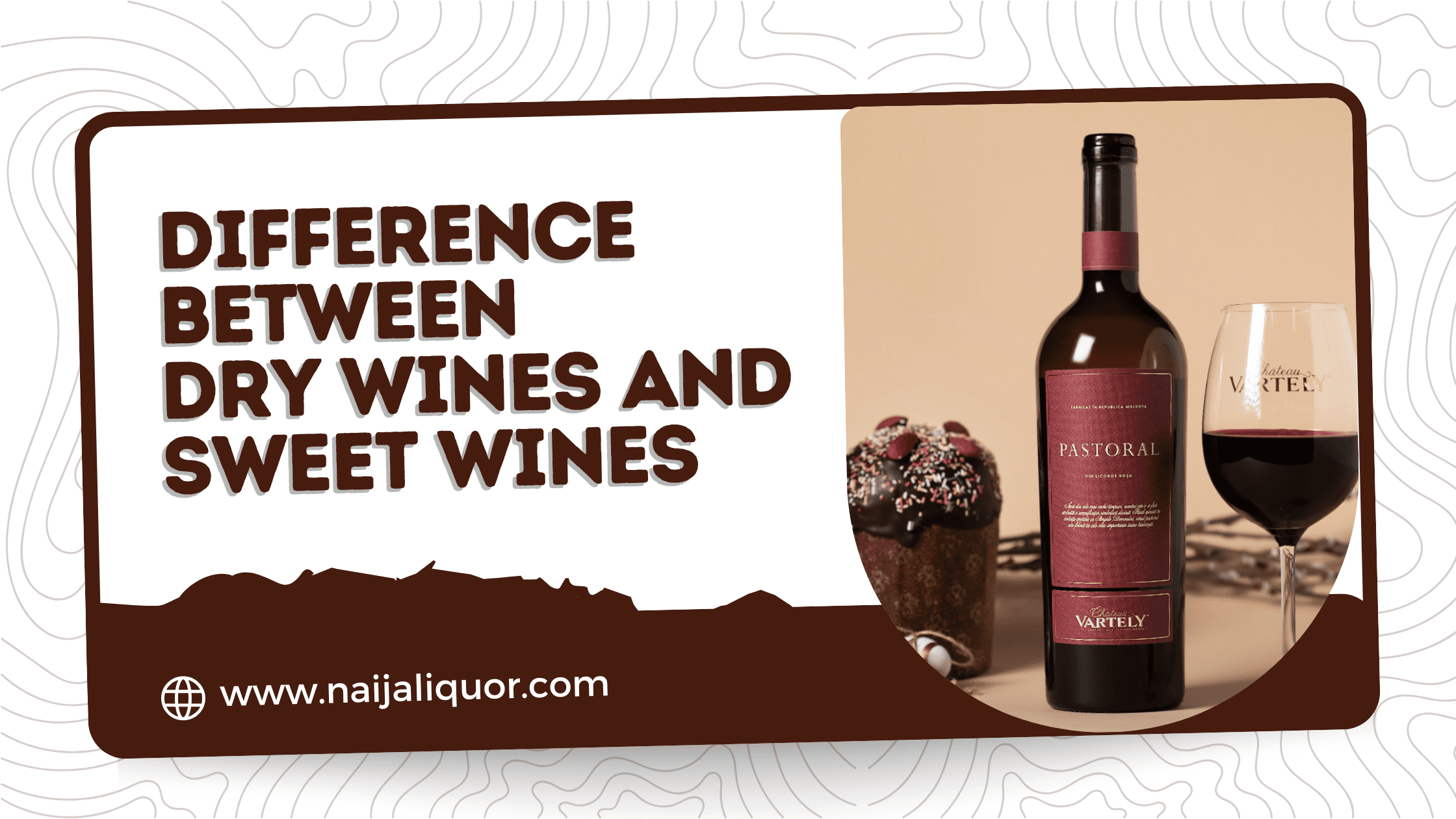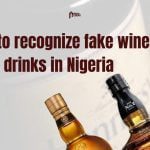Enjoy free delivery within Lagos on orders from ₦500,000 and above
Whether you’re sipping a glass of crisp sauvignon blanc or indulging in a rich dessert wine, understanding the difference between dry wines and sweet wines is key to finding your perfect pour. But with so many varietals and confusing label terms, it’s not always easy to tell if a wine is dry or sweet just by looking at the bottle.
Luckily, seasoned sommeliers have shared their top tips to help you become a savvy wine shopper and taster. By learning about residual sugar, alcohol content, acidity, and other key indicators, you’ll be able to confidently navigate the world of dry and sweet wines.
Table of Contents
Difference Between Dry Wines and Sweet Wines
To tell the difference between dry wines and sweet wines, it’s essential to understand the role of residual sugar and other factors affecting a wine’s taste. Here’s a comprehensive guide:
Understanding Residual Sugar
- Dry Wines: These contain little to no residual sugar, typically less than 10 grams per litre (g/L) or about 1% sweetness. The fermentation process is allowed to complete, converting most sugars into alcohol.
- Sweet Wines: These have higher levels of residual sugar, often starting around 7-9% sweetness for dessert wines. The winemaker stops fermentation early, leaving unfermented sugars in the wine.
Key Indicators of Sweetness
- Residual Sugar Levels:
- Dry: Less than 10 g/L (below 1%).
- Off-Dry/Semi-Sweet: Between 10-30 g/L (approximately 1-3%).
- Sweet/Dessert: Above 30 g/L (greater than 3%) and can go as high as 70% for certain styles.
While residual sugar is the primary determinant, a wine’s overall taste can be influenced by other components like alcohol content, acidity, and tannins. Let me explain each below:
Alcohol Content
Dry wines tend to have a higher alcohol percentage, typically above 12.5%, since more of the grape sugars have been converted to alcohol during fermentation. Sweet wines, on the other hand, usually have a lower alcohol content due to the retained residual sugars.
Acidity and Tannins
High acidity and prominent tannins can create a dry, puckering sensation in the mouth, even if a wine has some residual sugar. This is why some fruit-forward wines, like certain Zinfandels, can taste sweet despite being considered dry. The acidity and tannins balance out the wine’s inherent sweetness.
Sensory Evaluation
When it comes to determining if a wine is dry or sweet, your senses can be just as informative as the technical details. Take note of how the wine feels on your palate—does it quench your thirst and make you salivate, indicating a drier style? Or does it coat your tongue with a syrupy, almost cloying texture, suggesting higher sweetness?
Additionally, pay attention to the wine’s aroma and flavour profile. Dry wines often present more subtle, savoury notes, while sweet wines tend to showcase ripe, jammy fruit characteristics.
Common Wine Varietals
While the information above provides a helpful framework, it’s not always easy to discern a wine’s sweetness level just by glancing at the label. However, there are a few key terms to look out for:
Dry Indicators:
- “Trocken” (German for “dry”)
- “Brut” (for sparkling wines)
Sweet Indicators:
- “Doux” (French for “sweet”)
- “Dulce” (Spanish for “sweet”)
Traditionally Dry Wines:
- Whites: Sauvignon Blanc, Chardonnay, Pinot Grigio
- Reds: Cabernet Sauvignon, Merlot, Pinot Noir
Traditionally Sweet Wines:
- Whites: Moscato, Riesling (especially labeled as “sweet”), Sauternes
- Reds: Port, some Zinfandels (due to fruit-forward profiles)
Sensory Experience
While sweetness is primarily determined by sugar content, other factors like aroma and flavour can influence perception. A wine may smell fruity yet still be dry due to low residual sugar levels. Conversely, a high-sugar wine might not taste overly sweet if balanced by acidity or tannins.
By considering these aspects—residual sugar levels, alcohol content, varietals, and label terms—you can effectively differentiate between sweet and dry wines when making your selection.
FAQs
Q: What are some examples of traditionally dry wines?
A: Some common dry wine varietals include Sauvignon Blanc, Chardonnay, and Pinot Grigio among whites, and Cabernet Sauvignon, Merlot, and Pinot Noir among reds.
Q: What are examples of traditionally sweet wines?
A: Sweet wine styles often include Moscato, Riesling (especially labelled as “sweet”), and Sauternes. Fortified wines like Port and some fruit-forward Zinfandels can also fall into the sweet category.
Q: How can I tell if a wine is dry or sweet if the label doesn’t specify?
A: Look for clues like the alcohol percentage (higher for dry wines) and consider the wine’s grape variety and region. You can also rely on your senses—dry wines tend to be more tart and quenching, while sweet wines have a richer, more syrupy mouthfeel.
Final Words
Identifying dry wines and sweet wines can be tricky, but once you’re able to understand the role of residual sugar, alcohol content, acidity, and other key indicators, you’ll be well on your way to becoming a wine-tasting pro. Remember to trust your senses, keep an eye out for label cues, and don’t hesitate to ask the experts for guidance.
Looking to Order Drinks Online?
Naija Liquor is the best and most trusted Nigerian-quality online liquor store. We focus on premium spirits and wines only from accredited importers. We source our products from accredited importers, distributors, and manufacturers, making Naija Liquor the best platform to buy spirit drinks and wines in Lagos, Ibadan, and Ogun State. Naija Liquor is the most trusted Nigerian online distributor of premium spirits and wines. Its the best site to buy wines and Premium liquor. Click here to visit our online store and place an order now.













